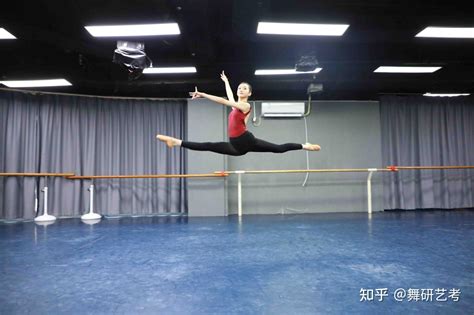舞蹈作为一种艺术形式,在世界各地都有着丰富的发展历史和独特的表现形式。在进行舞蹈外文翻译时,需要注意保持原文的意境和情感,并准确传达其中的文化内涵。以下是一些常见舞蹈术语的外文翻译:
1. Ballet(芭蕾舞)
Ballet is a classical dance form characterized by grace and precision. It originated in the Italian Renaissance courts of the 15th century and later developed into a concert dance form in France and Russia. The term "ballet" is derived from the French word bal, meaning "to dance."
2. Hip-hop Dance(嘻哈舞)
Hip-hop dance is a street dance style that emerged in the 1970s in the Bronx, New York City. It is characterized by its improvisational and freestyle nature, as well as its incorporation of elements such as breaking, locking, and popping. Hip-hop dance is often accompanied by hip-hop music.
3. Flamenco(弗拉门戈舞)
Flamenco is a traditional Spanish dance form that originated in the Andalusian region. It is known for its passionate and expressive movements, as well as its use of guitar music and handclaps as accompaniment. Flamenco dance often tells stories of love, loss, and longing.

4. Kathak(卡塔克舞)
Kathak is a classical Indian dance form that originated in the northern regions of India. It is characterized by its intricate footwork, graceful hand movements, and storytelling through dance. Kathak dancers often wear ankle bells called ghungroo to accentuate their movements.
5. Salsa(萨尔萨舞)
Salsa is a popular Latin dance style that originated in the Caribbean, particularly in Cuba and Puerto Rico. It is known for its energetic and sensual movements, as well as its incorporation of Afro-Caribbean rhythms. Salsa dance is often performed in pairs and involves intricate partner work.
6. Butoh(舞踏)
Butoh is a Japanese avant-garde dance form that emerged in the late 1950s. It is characterized by its slow and controlled movements, as well as its exploration of taboo themes and emotions. Butoh dancers often use white body paint and perform in a highly expressive and surreal manner.
在进行舞蹈外文翻译时,建议选择熟悉舞蹈领域的翻译人员,以确保翻译的准确性和专业性。要注意保持对原文的尊重和理解,以便更好地传达舞蹈作品的艺术魅力和文化意义。












评论